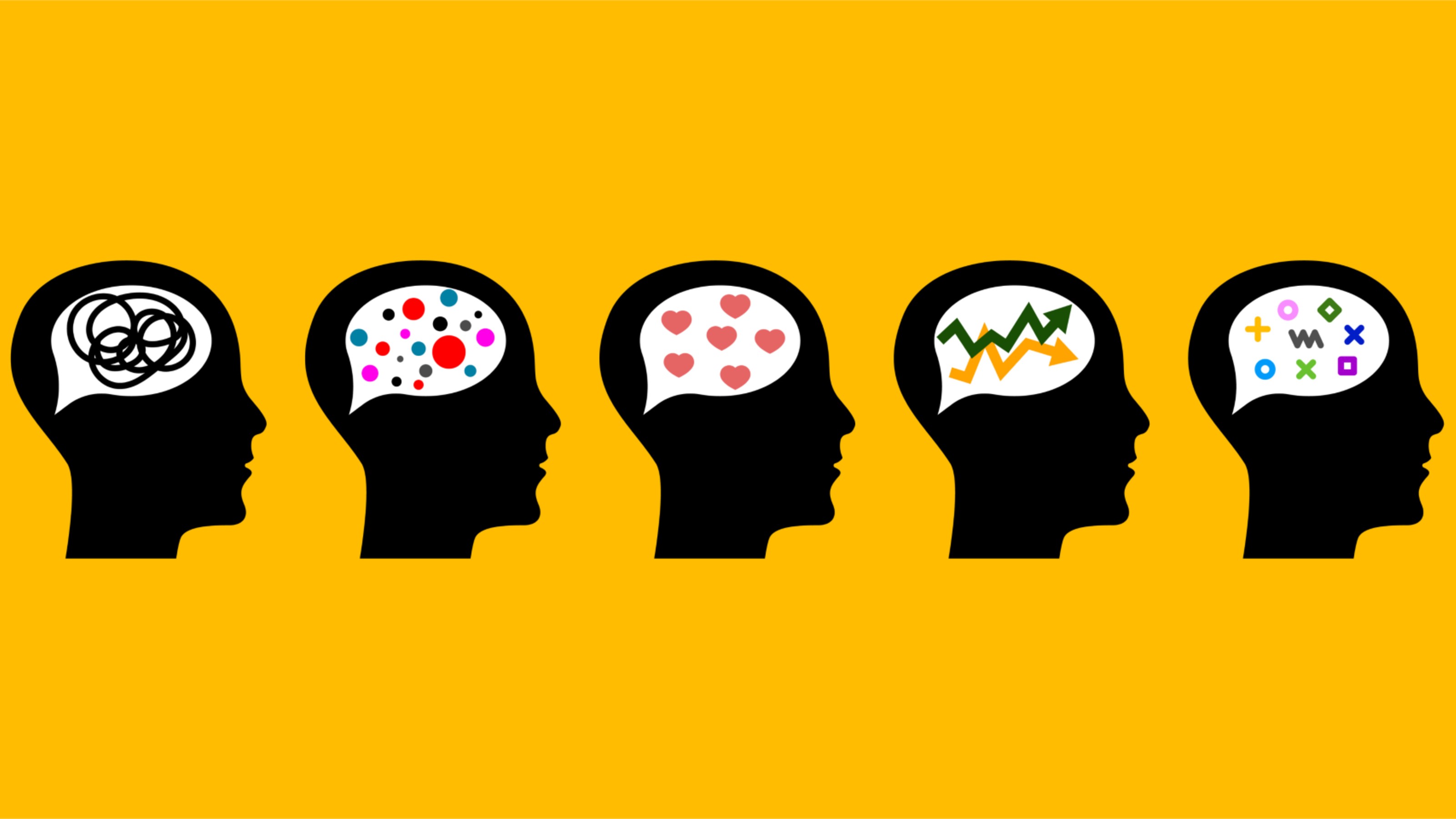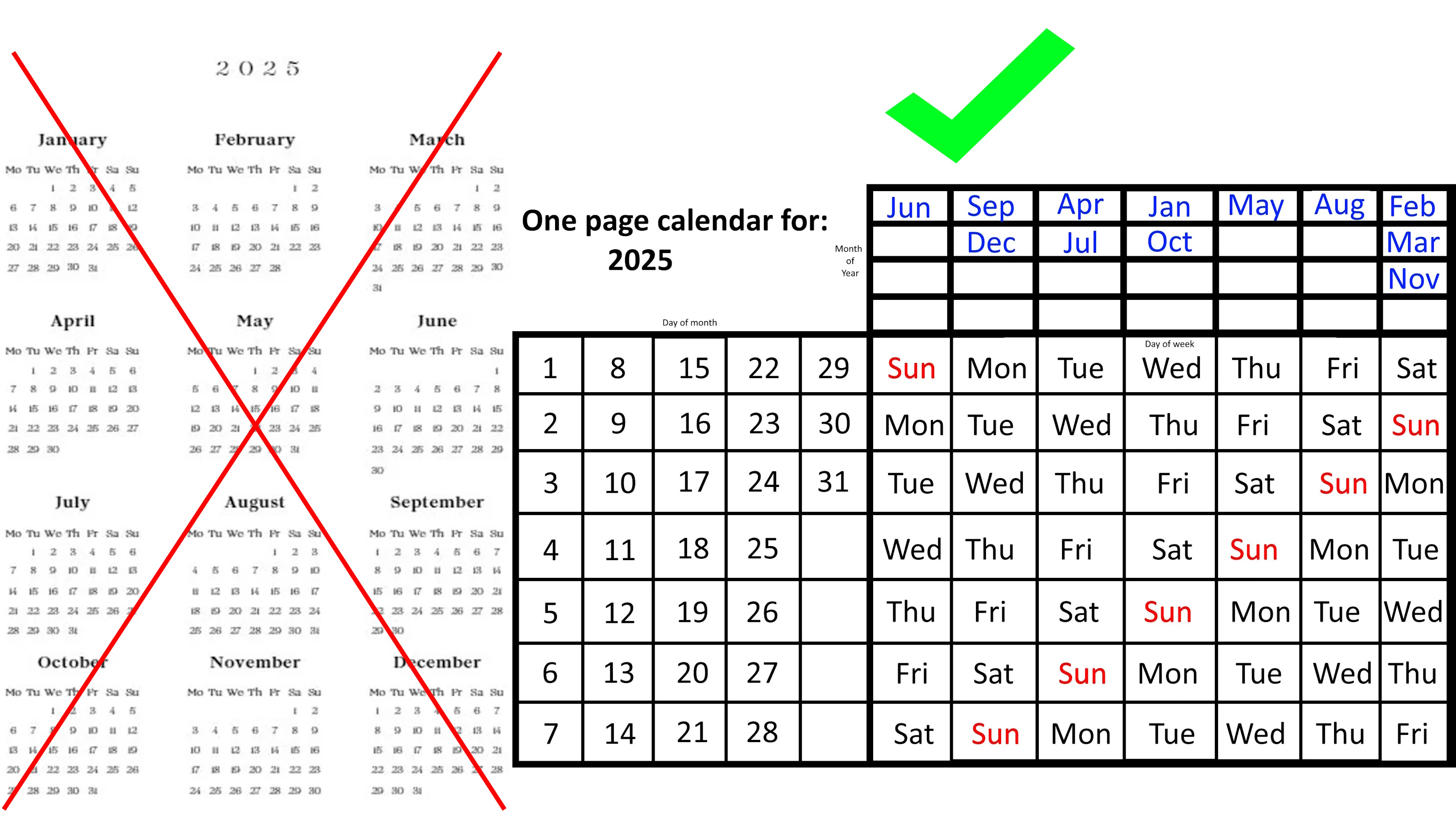How to Become More Creative

What’s the Latest Development?
First, stop searching for the creativity formula. When Steve Jobs was designing Pixar’s office space, the computer graphics company he founded between gigs at Apple, he wanted to locate the building’s only bathrooms in a center atrium, forcing people to interact with each other by chance. The space quickly became a hub for serendipity. At MIT, a makeshift building which violated numerous building codes would eventually become one of the world’s most creative spaces. How? Due to lack of space, the college crammed very disparate departments right next to each other.
What’s the Big Idea?
The only rule of creativity is that it does not follow a script. The idea generation process known as brainstorming, which influenced schools and businesses for generations, simply does not work because it is too formulaic. The brainstorming process also eschews criticism of others’ ideas, believing creativity to be a delicate flower easily offended by debate. Empirically speaking, that is also false. The most essential element of creativity is accidental and honest human interaction, which must be facilitated but not forced.
Photo credit: shutterstock.com





